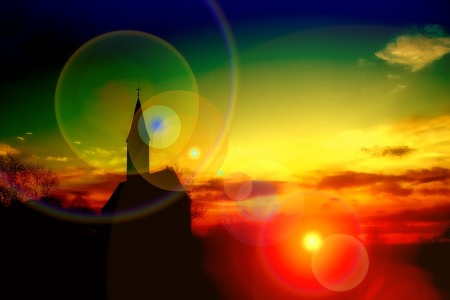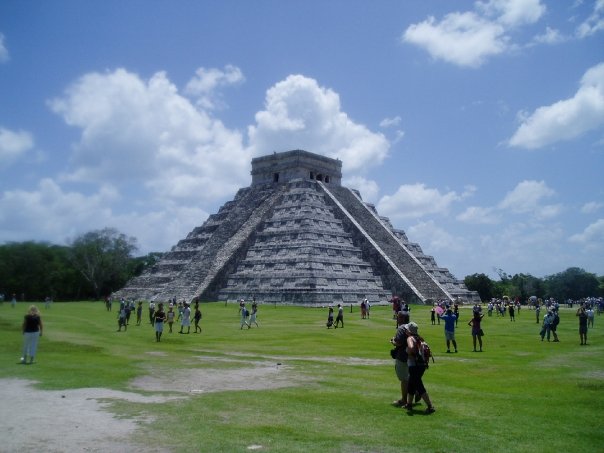While magic is one of the defining features of fantasy, one of the most overlooked aspects of worldbuilding are the magical and fantastic creatures in the setting. Intelligent undead, fae, dragons, and shapeshifters are just a few of the potential beings that can inhabit a culture. Most settings use these beings as strictly as antagonists or, worse, afterthoughts.
I recently read the world book for Golarion, the setting for the Pathfinder Roleplaying game. While they use the traditional approach for most of the fantastical creatures in the setting, they have three countries where they have integrated them into the society. I find their use of the fantastical inspiring.
The first is Cheliax, where the royal family has established the worship of Asmodeus, an infernal power. Devils literally walk the streets looking to make deals for people’s souls. The police powers are invested in Hell Knights. You’d think a country ruled by devil worshipers would hold these creatures in high regard. On the contrary, they are viewed as tools and have a status just above slaves. Having a child with a devil can disgrace a family. The initiation of a Hell Knight involves killing a devil. As a society, they’ve accepted the devil into their lives, but as servants, not rulers.
The second is Geb, a kingdom ruled by a necromancer who committed suicide, came back as a ghost, then kidnapped a princess to turn her into a lich as his undead queen. The nobility have all turned themselves into undead of varying types, as that is how to advance in this society. Over half the population is now undead, by choice. They’ve actually had to pass laws protecting the mortals in the realm from all the vampires and the like. Criminals put to death are raised as zombies and put to work as mindless slaves for eternity. Their economy, status in society, and ruling structure are all based on cheating death.
Finally, there is Jalmeray, an island where elementals and genies live along side humans, elves, and other mortals. Some of these beings have been subjugated, treated as little more than slaves. However, generations of living side by side has given the fantastical beings a place within society. They are the soldiers, guardians, and mystic teachers in the realm, granted a footing equal to any other citizens in the area.
When developing your cultures and subcultures, give some thought to where these other societies fit in. If they are hidden, why? Is it illegal to be a fae? Are shapeshifters given special areas where they can live in peace and be confined during the full moon? If they have their own subculture, how is their status defined? Do they have their own laws on top of the more mundane authorities? How do they interact?
Paizo did a great job integrating the fantastical and the mundane to enrich their world. While I’ve fiddled with some of these concepts (my upcoming novel, Corruption of Blood, deals with the premise of framing a vampire for murder), I haven’t done enough in my world building to address this topic. I think my world will be better for doing so in the future.
Thanks for reading. See you next week!


Good to hear from you this week!